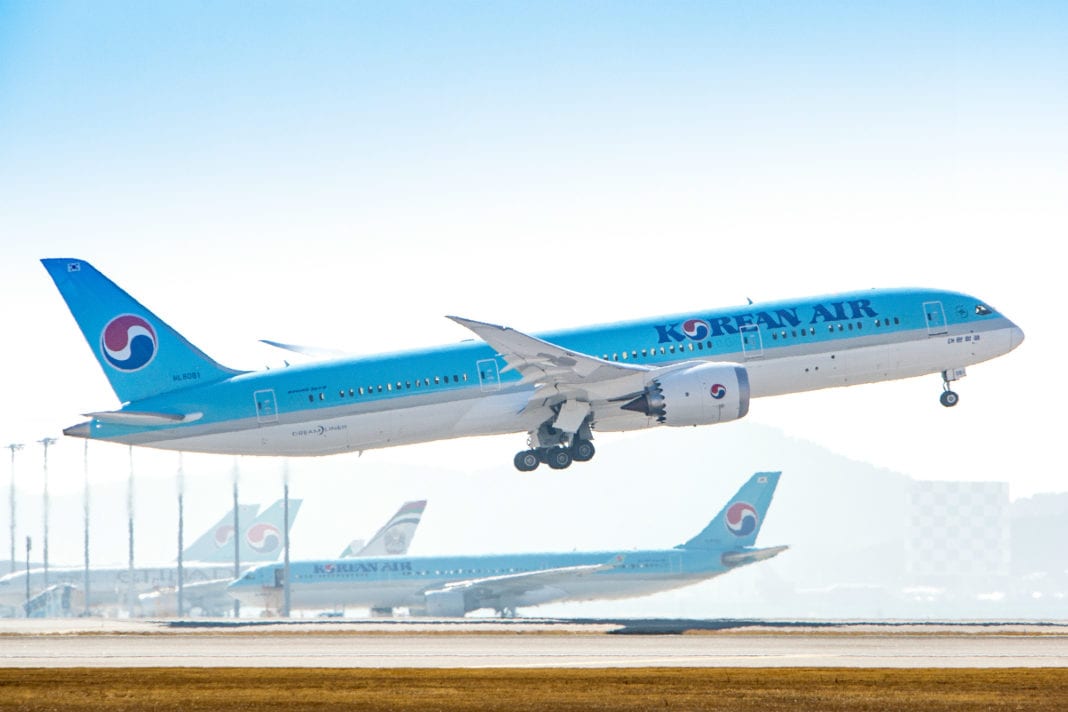WALTHAM, Massachusetts – Global Insight, the world’s leading company for economic and financial analysis and forecasting, today released its annual ranking of the Top 100 US Tourism City Destinations for 2007. The ranking compares domestic and international tourism spending, tourism job creation, and the degree to which each city’s economic vitality is dependent upon visitors. The study is part of the City Tourism Impact service offered in partnership with D.K. Shifflet & Associates, the foremost authority on US travel volumes, visitor spending, and trip behavior.
New York City jumped two positions from its 2006 standing, overtaking Orlando, Florida and Las Vegas, Nevada to capture the top spot in total tourism spending. The influx of international visitors, who stay longer and spend more than their domestic counterparts, is driving Big Apple growth. In fact, New York gained about 1.5 million overseas visitors last year and increased its share of total international visitors by 3.3%. Foreign visitors also pushed up Washington, DC, Miami, Florida, Seattle, Washington, and Santa Ana/Anaheim, California in the rankings.
“Exchange rate advantages, economic growth at home, and re-doubled promotional efforts are behind this success,” said Christopher Pike, Tourism Principal at Global Insight.
With mostly impressive domestic tourism growth among the largest US cities, the big got bigger in 2007. Combined, the top 100 cities grew overall tourism spending by a remarkable 8.7%. The top 20 increased by 9.3% and the “Big 3” by a whopping 12%. For the first time ever, the top three US city destinations combined to surpass the $100 billion mark. Orlando, Las Vegas, and New York City each pull in tourism spending that is six times the average of the combined Top 100.
Not surprisingly, transportation and lodging topped the spending category list. Rising travel costs, particularly for transportation and lodging, forced visitors to spend more and/or divert trip budget away from other categories, most notably entertainment and shopping. Still, the impressive gains of 2007 were not entirely caused by inflation.
Translating tourism spending into economic impact, a number of cities stand out for their dependence on visitor commerce. Examining tourism’s percentage of total private employment, each destination city was given a concentration rank. Orlando, Las Vegas, and Honolulu top the list with a job dependence score that is 2.4, 2.1, and 1.8 times the average, respectively, of all destination cities. The economic diversity of New York, Chicago, and Los Angeles, all top 10 tourism cities, makes them much less dependent upon visitors for overall economic vitality. Other destination cities with surprising tourism dependence included Boston, Phoenix, Arizona, Charlotte, North Carolina and Oklahoma City, Oklahoma.
Another critical economic impact statistic ranked in the study was the number of visitors required to support a job in each destination city. Cities with higher average trip spending, longer lengths of stay, higher relative travel costs, and a more diverse local economy will tend to get a greater job “yield” from its visitors. Honolulu needs only 20 visitors to support a job. Also topping the list are Miami, Orlando, Virginia Beach, Virginia, and Las Vegas, needing only 65, 110, 115, and 125 visitors, respectively. “Residents of destination cities who complain about the summer onslaught of tourists might reconsider if they knew how few of them it takes to create a new job,” said Pike. Other cities need more tourist volume to support and grow their job base. Austin, for example, needs about 280 visitors, while Buffalo, New York, and Santa Ana/Anaheim require 290 and 300, respectively.
US City Tourism Impact combines domestic and international travel volumes and spending data from D.K. Shifflet & Associates (http://www.dksa.com/) and the U.S. Department of Commerce’s Office of Travel & Tourism Industries (OTTI) (http://tinet.ita.doc.gov/) with metropolitan area economic data and models from Global Insight.






















